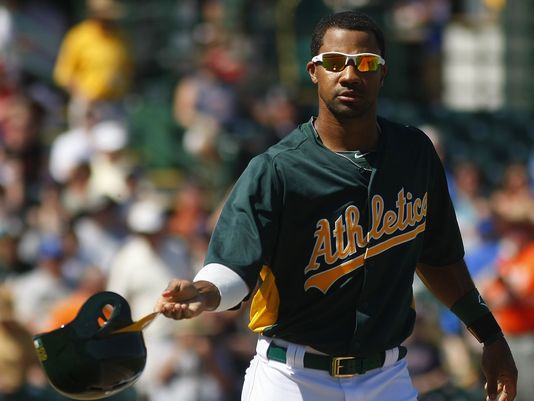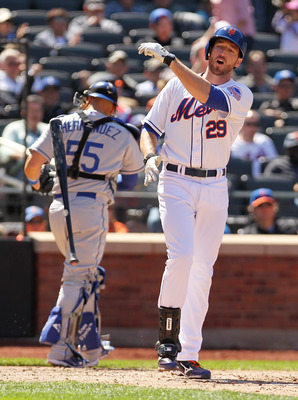 After writing about the high strikeout rates of Ike Davis, Chris Young and Lucas Duda, I received a question asking why my concern over strikeouts, with the reader saying, “there’s no difference between a strikeout and a soft grounder to second.’’
After writing about the high strikeout rates of Ike Davis, Chris Young and Lucas Duda, I received a question asking why my concern over strikeouts, with the reader saying, “there’s no difference between a strikeout and a soft grounder to second.’’
He couldn’t be more wrong.
First, a strikeout is a non-productive out, but much more can happen on a grounder to second or any other base for that matter, especially with less than two outs.
A grounder to second, or anywhere in the infield, or a fly ball, has the potential to create something positive while nothing can be generated from a strikeout unless the ball gets by the catcher. And, unless R.A. Dickey is pitching, how often does that happen?
A runner can score on a grounder to second. He can’t on a strikeout.
Also, with a soft grounder to second, there’s a chance the ball could get through for a hit or the fielder could muff it for an error or the batter beats it out. Either way, it leads to a base runner and potential run, or if there’s a runner on second or third, it could generate a run.
See the difference?
In addition, a grounder can advance a runner into scoring position.

When I once asked Davis about his propensity for striking out, he said, “I am a home run hitter. I like to hit home runs. Strikeouts are part of it.’’
Until he changes that attitude, he’ll never be a viable hitter.
I realize times have changed, but to me one of the most incredible statistics in history is that during his 13-year career, Joe DiMaggio hit 361 home runs, but only struck out 369 times.
Arguably, that might be more impressive than his 56-game hitting streak.
Carrying it a step further, last year the Mets struck out 1,384 times, or 8.5 times a game. Translated, they went a third of the game without making contact. Add to that Chris Young (148 K Avg/162 ) and Curtis Granderson (159 K Avg/162 ) who struck out 195 times in his last full season in 2012.
Still wonder why I think it’s a big deal?













